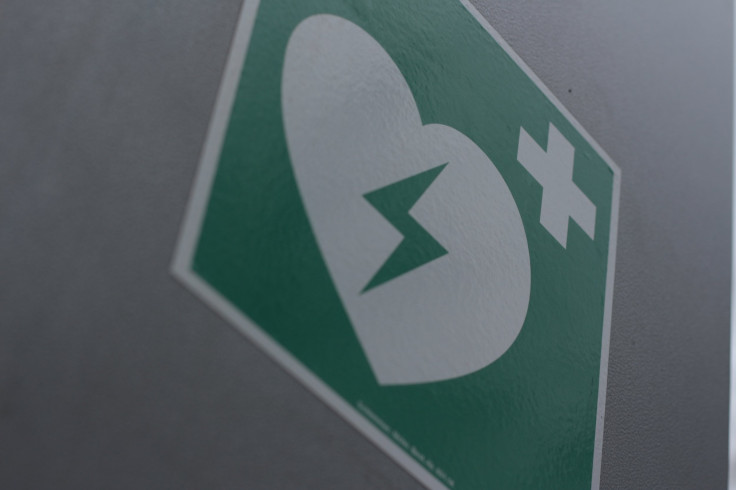3D Printed Patch Could Help Patients Recover From Heart Attacks

A team of researchers led by the University of Minnesota has created a cellular patch, which could be of great assistance to patients recovering from a heart attack. The 3D-bioprinted patch can help in repairing tissue damage that occurs during a heart attack, according a National Institutes of Health report, published April 14.
The researchers have filed a patent for their discovery.
Read: AI Predicts Heart Attacks Better Than Doctors: Study
“We were quite surprised by how well it worked given the complexity of the heart, We were encouraged to see that the cells had aligned in the scaffold and showed a continuous wave of electrical signal that moved across the patch,” Brenda Ogle, an associate professor of biomedical engineering at the University of Minnesota, said in a statement.
To make the patch, the researchers used laser-based bioprinting to fit stem cells around an adult human heart. During the research, 50,000 human-induced pluripotent stem cells, which can give rise to all kinds of specialized cells, were fit in matrix around a 3D scan of the heart tissue’s native proteins. This structure was then transplanted into mice. When the cells started growing, the matrix not only replicated the cell structures, it even starting beating in sync with the mice’s heart.
The team saw “significant increase” in the functional capacity of the mice. Eventually, the patch was actually absorbed by the heart, indicating that it needed no further operations to make sure that it fit right.
“This is a significant step forward in treating the No. 1 cause of death in the U.S. We feel that we could scale this up to repair hearts of larger animals and possibly even humans within the next several years,” Ogle said.
Read: Drug Cuts Cholesterol Levels To Stop Heart Attacks
Researchers are hopeful that they can replicate their findings on human subjects soon and that such patches might be available in the near future.
The findings might help in the creation of not just an easier and faster, but also a much cheaper technique than what is currently used for heart attack recovery.
© Copyright IBTimes 2024. All rights reserved.





















